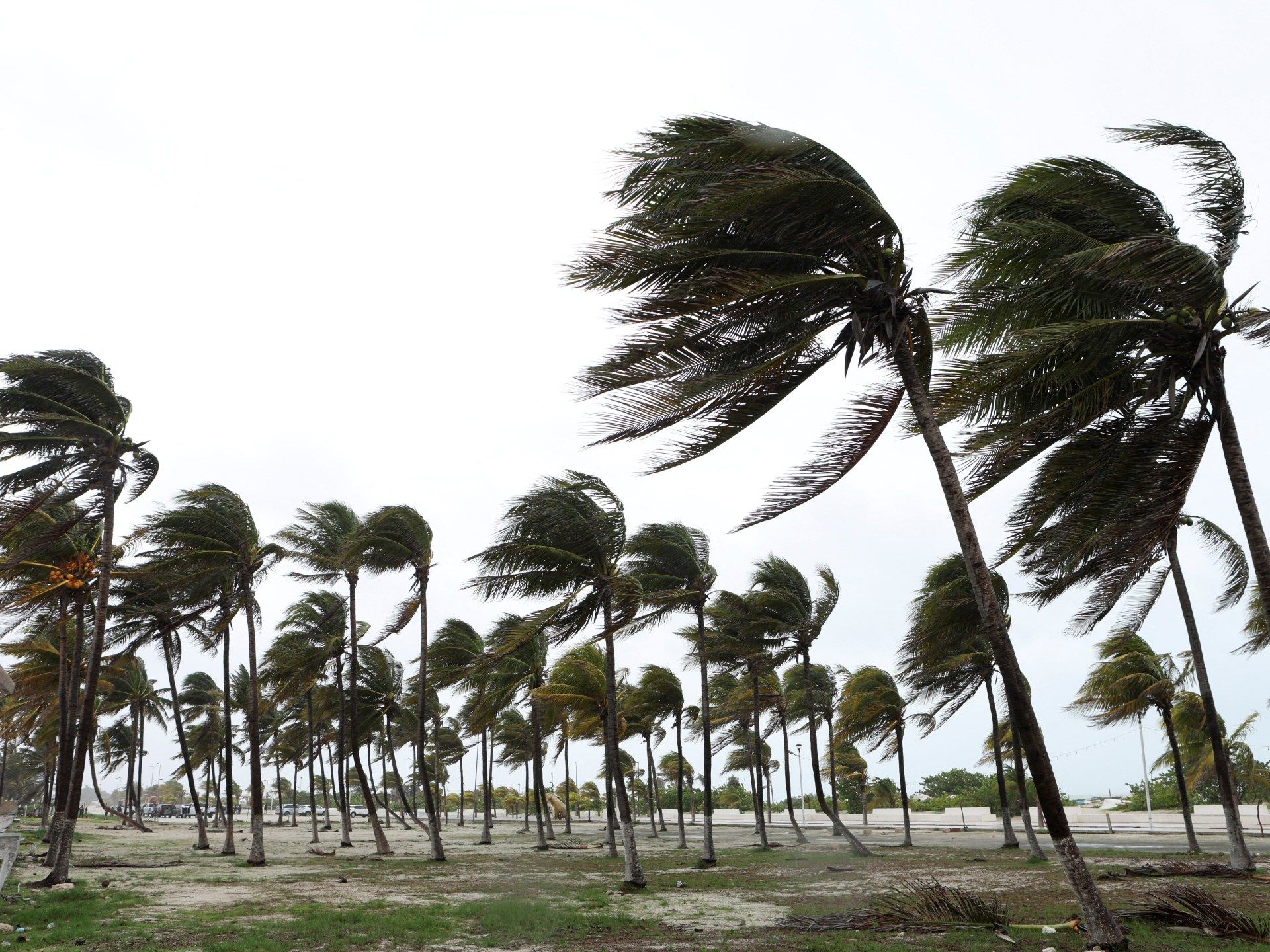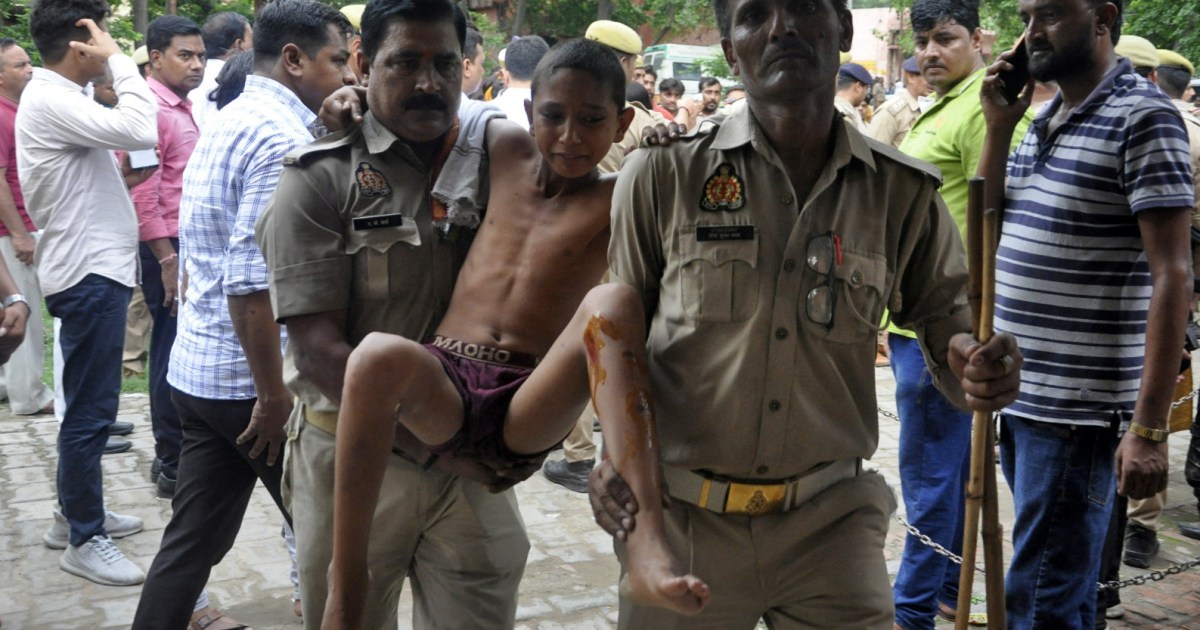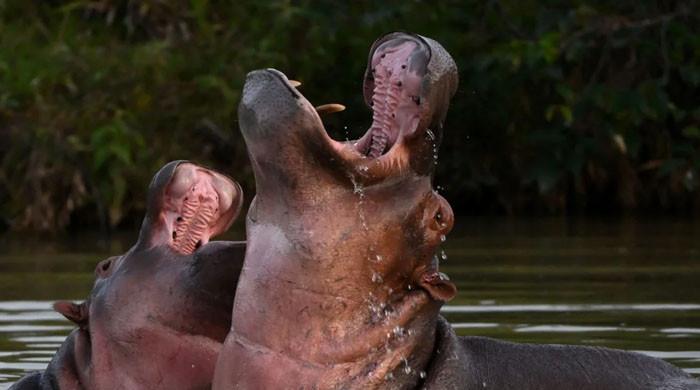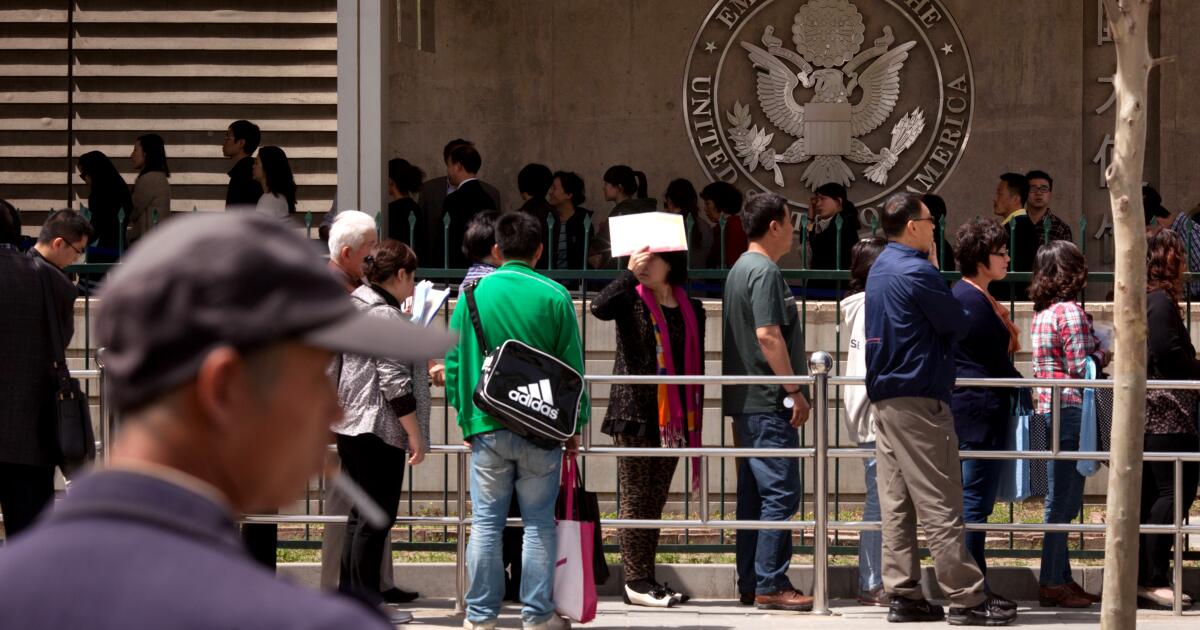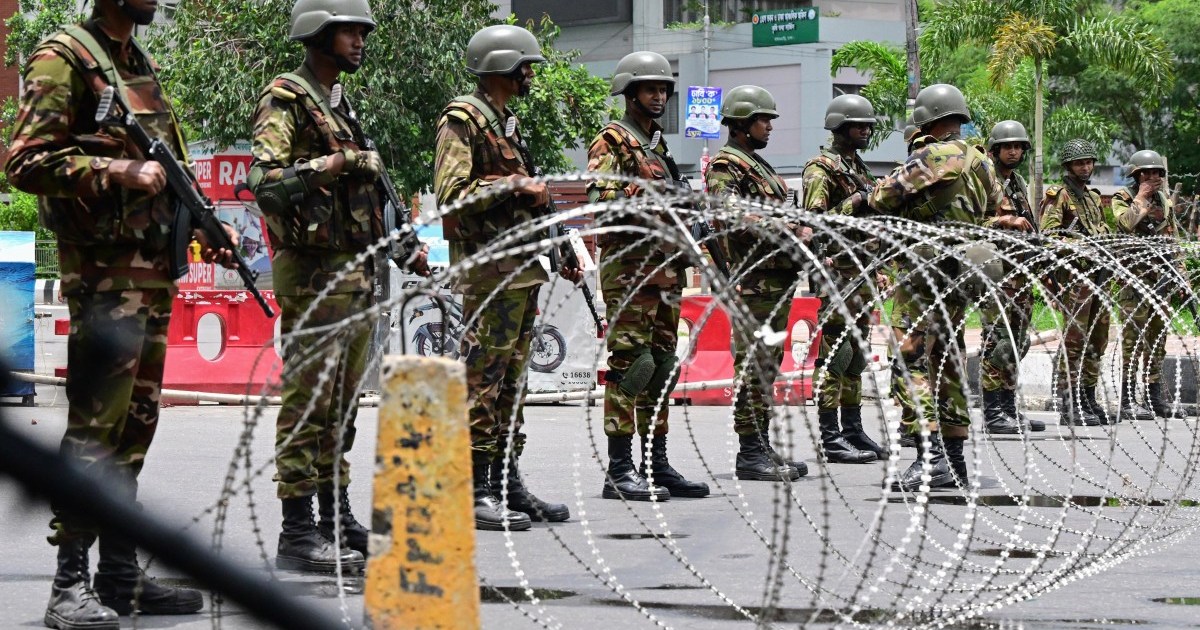The storm is expected to reach hurricane strength again in the Gulf of Mexico after killing at least 11 people across the Caribbean.
Tropical Storm Beryl is expected to strengthen as it heads towards the US state of Texas, after leaving a deadly trail across the Caribbean.
The storm is expected to hit the Texas coast on Sunday night, two days after making landfall on Mexico's Yucatan Peninsula.
Beryl has been downgraded to a tropical storm, but is expected to strengthen back into a hurricane as it travels over the warm waters of the Gulf of Mexico.
While no deaths were reported in Mexico, Beryl killed at least 11 people across the Caribbean after its strong winds and torrential rains lashed Jamaica, Grenada, St. Vincent and the Grenadines and northern Venezuela.
As it swept through the region, the storm quickly grew into a Category 4 hurricane before briefly reaching Category 5 intensity, according to the U.S.-based National Hurricane Center (NHC).
That made it the fiercest storm ever recorded so early in the Atlantic hurricane season, a reality scientists say has been driven by human-caused climate change.
Beryl is expected to make landfall in Texas as a Category 1 hurricane somewhere between the city of Brownsville and north of Corpus Christi, NHC senior hurricane specialist Jack Beven told the Associated Press.
However, he warned that the storm could strengthen further “if Beryl remains over the water longer” than expected.
He said the storm could see its winds increase to between 27 and 37 kilometers per hour (17 to 23 mph) over the next 24 hours.
The agency warned of storm surge in northeastern Mexico and along the Texas coast, as well as potentially deadly flash flooding and rip currents.
Beryl had caused property damage and power outages across Mexico's Yucatan Peninsula, the country's top tourist destination.
4 am CDT July 6 Key Messages for Tropical Storm #Beryl:
It is forecast to strengthen later this weekend in the Gulf of Mexico and become a #hurricane again before impacting parts of northeastern Mexico and the Texas coast Sunday night into Monday.
Latest: image.twitter.com/Q9lBmHgbd2
— National Hurricane Center (@NHC_Atlantic) July 6, 2024
Hundreds of tourists were evacuated from hotels along the coast as the storm approached, and the military deployed about 8,000 troops to Tulum with food supplies and 34,000 liters (9,000 gallons) of purified water.
At Cancun airport, around 100 domestic and international flights scheduled between Thursday and Friday were cancelled.
The storm had moved along the coast of northern Venezuela, where three people died.
Three other people died in Grenada, where two islands (Carriacou and nearby Petite Martinique) were hardest hit.
Tevin Andrews, the island's minister, on Friday called on the United Nations and humanitarian organisations to “do anything that would allow a human being to survive.”
Neighboring St. Vincent and the Grenadines was also hard hit, Simon Springett, the U.N.'s top humanitarian official for the eastern Caribbean and Barbados, told the AP. At least three other people were reported dead in the country.

Two people also died in Jamaica and thousands were left without power.
Beryl's intensity has been largely attributed to atypically warm waters, which fuel large storms.
North Atlantic waters remain 1 to 3 degrees Celsius (1.8 to 5.4 degrees Fahrenheit) warmer than normal, according to the U.S. National Oceanic and Atmospheric Administration (NOAA).

